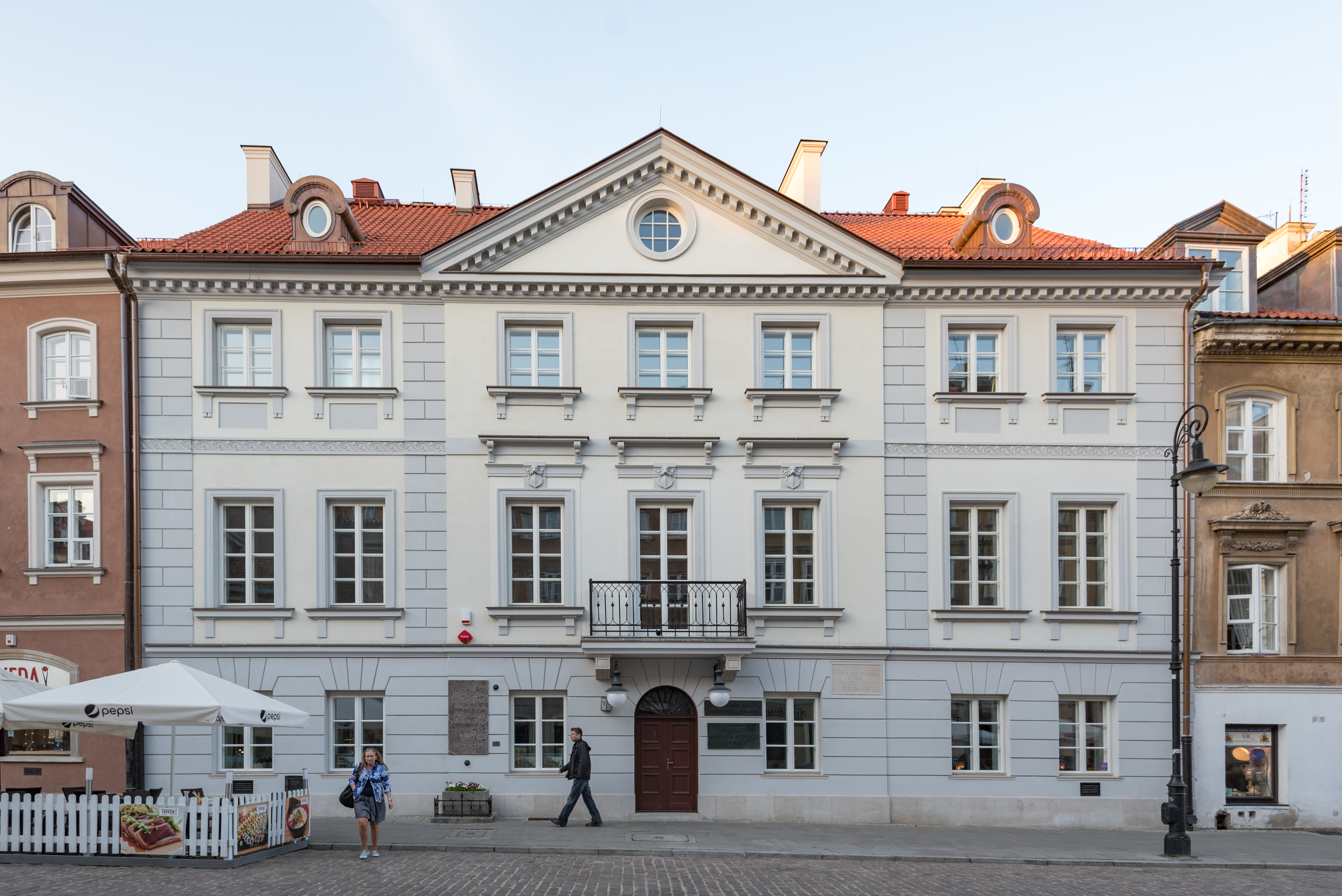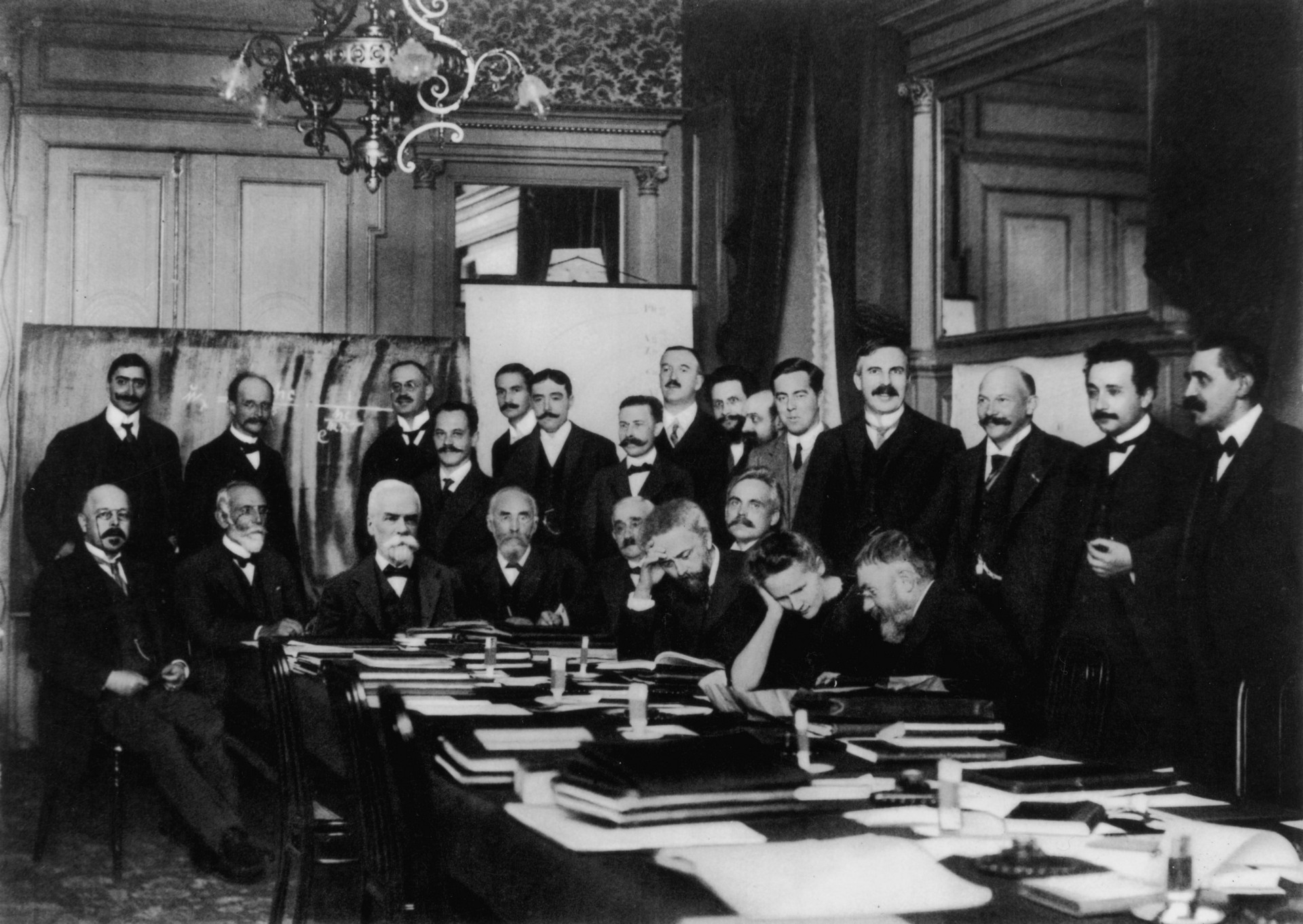|
Ernest Solvay
Ernest Gaston Joseph Solvay (; 16 April 1838 – 26 May 1922) was a Belgian chemist, industrialist and philanthropist. Born in Rebecq, he was prevented by his acute pleurisy from going to university. He worked in his uncle's chemical factory from the age of 21. In 1861, he, along with his brother Alfred Solvay, developed the ammonia-soda process for the manufacturing of soda ash (anhydrous sodium carbonate) from brine (as a source of sodium chloride) and limestone (as a source of calcium carbonate). The process was an improvement over the earlier Leblanc process. He founded the company Solvay & Cie and established his first factory at Couillet (now merged into Charleroi, Belgium) in 1863 and further perfected the process until 1872, when he patented it. Soon, Solvay process plants were established in the United Kingdom, the United States, Russia, Germany and Austria. Today, about 70 Solvay process plants are still operational worldwide. The exploitation of his patent ... [...More Info...] [...Related Items...] OR: [Wikipedia] [Google] [Baidu] |
Rebecq
Rebecq (; wa, Ribek) is a municipality of Wallonia located in the Belgian province of Walloon Brabant. On 1 January 2006 the municipality had 10,241 inhabitants. The total area is 39.08 km2, giving a population density of 262 inhabitants per km2. The municipality consists of the following districts: Bierghes, Rebecq-Rognon, and Quenast. Notable people * François Huon is an artist of Rebecq. * Ernest Solvay (b. Rebecq 1838 - Ixelles, 1922), chemist, industrialist and philanthropist. * Irène Janssens * Pierre Tilquin, founder of Gueuzerie Tilquin Twin towns * Monghidoro, Italy Italy ( it, Italia ), officially the Italian Republic, ) or the Republic of Italy, is a country in Southern Europe. It is located in the middle of the Mediterranean Sea, and its territory largely coincides with the homonymous geographical ..., from 2002 References External links * Municipal website (in French) Municipalities of Walloon Brabant {{WalloonBrabant-geo-stub ... [...More Info...] [...Related Items...] OR: [Wikipedia] [Google] [Baidu] |
Solvay Process
The Solvay process or ammonia-soda process is the major industrial process for the production of sodium carbonate (soda ash, Na2CO3). The ammonia-soda process was developed into its modern form by the Belgian chemist Ernest Solvay during the 1860s. The ingredients for this are readily available and inexpensive: salt brine (from inland sources or from the sea) and limestone (from quarries). The worldwide production of soda ash in 2005 was estimated at 42 million tonnes,Kostick, Dennis (2006)"Soda Ash" chapter in ''2005 Minerals Yearbook,'' United States Geological Survey. See Table I. which is more than six kilograms () per year for each person on Earth. Solvay-based chemical plants now produce roughly three-quarters of this supply, with the remaining being mined from natural deposits. This method superseded the Leblanc process. History The name "soda ash" is based on the principal historical method of obtaining alkali, which was by using water to extract it from the ashes of ... [...More Info...] [...Related Items...] OR: [Wikipedia] [Google] [Baidu] |
Niels Bohr
Niels Henrik David Bohr (; 7 October 1885 – 18 November 1962) was a Danish physicist who made foundational contributions to understanding atomic structure and quantum theory, for which he received the Nobel Prize in Physics in 1922. Bohr was also a philosopher and a promoter of scientific research. Bohr developed the Bohr model of the atom, in which he proposed that energy levels of electrons are discrete and that the electrons revolve in stable orbits around the atomic nucleus but can jump from one energy level (or orbit) to another. Although the Bohr model has been supplanted by other models, its underlying principles remain valid. He conceived the principle of complementarity: that items could be separately analysed in terms of contradictory properties, like behaving as a wave or a stream of particles. The notion of complementarity dominated Bohr's thinking in both science and philosophy. Bohr founded the Institute of Theoretical Physics at the University of ... [...More Info...] [...Related Items...] OR: [Wikipedia] [Google] [Baidu] |
Albert Einstein
Albert Einstein ( ; ; 14 March 1879 – 18 April 1955) was a German-born theoretical physicist, widely acknowledged to be one of the greatest and most influential physicists of all time. Einstein is best known for developing the theory of relativity, but he also made important contributions to the development of the theory of quantum mechanics. Relativity and quantum mechanics are the two pillars of modern physics. His mass–energy equivalence formula , which arises from relativity theory, has been dubbed "the world's most famous equation". His work is also known for its influence on the philosophy of science. He received the 1921 Nobel Prize in Physics "for his services to theoretical physics, and especially for his discovery of the law of the photoelectric effect", a pivotal step in the development of quantum theory. His intellectual achievements and originality resulted in "Einstein" becoming synonymous with "genius". In 1905, a year sometimes described as his ... [...More Info...] [...Related Items...] OR: [Wikipedia] [Google] [Baidu] |
Henri Poincaré
Jules Henri Poincaré ( S: stress final syllable ; 29 April 1854 – 17 July 1912) was a French mathematician, theoretical physicist, engineer, and philosopher of science. He is often described as a polymath, and in mathematics as "The Last Universalist", since he excelled in all fields of the discipline as it existed during his lifetime. As a mathematician and physicist, he made many original fundamental contributions to pure and applied mathematics, mathematical physics, and celestial mechanics. In his research on the three-body problem, Poincaré became the first person to discover a chaotic deterministic system which laid the foundations of modern chaos theory. He is also considered to be one of the founders of the field of topology. Poincaré made clear the importance of paying attention to the invariance of laws of physics under different transformations, and was the first to present the Lorentz transformations in their modern symmetrical form. Poincaré disc ... [...More Info...] [...Related Items...] OR: [Wikipedia] [Google] [Baidu] |
Maria Skłodowska-Curie
Marie Salomea Skłodowska–Curie ( , , ; born Maria Salomea Skłodowska, ; 7 November 1867 – 4 July 1934) was a Polish and naturalized-French physicist and chemist who conducted pioneering research on radioactivity. She was the first woman to win a Nobel Prize, the first person and the only woman to win a Nobel Prize twice, and the only person to win a Nobel Prize in two scientific fields. Her husband, Pierre Curie, was a co-winner of her first Nobel Prize, making them the first-ever married couple to win the Nobel Prize and launching the Curie family legacy of five Nobel Prizes. She was, in 1906, the first woman to become a professor at the University of Paris. She was born in Warsaw, in what was then the Kingdom of Poland, part of the Russian Empire. She studied at Warsaw's clandestine Flying University and began her practical scientific training in Warsaw. In 1891, aged 24, she followed her elder sister Bronisława to study in Paris, where she earned her highe ... [...More Info...] [...Related Items...] OR: [Wikipedia] [Google] [Baidu] |
Ernest Rutherford
Ernest Rutherford, 1st Baron Rutherford of Nelson, (30 August 1871 – 19 October 1937) was a New Zealand physicist who came to be known as the father of nuclear physics. ''Encyclopædia Britannica'' considers him to be the greatest experimentalist since Michael Faraday (1791–1867). Apart from his work in his homeland, he spent a substantial amount of his career abroad, in both Canada and the United Kingdom. In early work, Rutherford discovered the concept of radioactive half-life, the radioactive element radon, and differentiated and named alpha and beta radiation. This work was performed at McGill University in Montreal, Quebec, Canada. It is the basis for the Nobel Prize in Chemistry he was awarded in 1908 "for his investigations into the disintegration of the elements, and the chemistry of radioactive substances", for which he was the first Oceanian Nobel laureate, and the first to perform the awarded work in Canada. In 1904, he was elected as a member to th ... [...More Info...] [...Related Items...] OR: [Wikipedia] [Google] [Baidu] |
Max Planck
Max Karl Ernst Ludwig Planck (, ; 23 April 1858 – 4 October 1947) was a German theoretical physicist whose discovery of energy quanta won him the Nobel Prize in Physics in 1918. Planck made many substantial contributions to theoretical physics, but his fame as a physicist rests primarily on his role as the originator of quantum theory, which revolutionized human understanding of atomic and subatomic processes. In 1948, the German scientific institution Kaiser Wilhelm Society (of which Planck was twice president) was renamed Max Planck Society (MPG). The MPG now includes 83 institutions representing a wide range of scientific directions. Life and career Planck came from a traditional, intellectual family. His paternal great-grandfather and grandfather were both theology professors in Göttingen; his father was a law professor at the University of Kiel and Munich. One of his uncles was also a judge. Planck was born in 1858 in Kiel, Holstein, to Johann Julius Wilhel ... [...More Info...] [...Related Items...] OR: [Wikipedia] [Google] [Baidu] |
Solvay Business School
The Solvay Brussels School of Economics and Management (abbreviated as SBS-EM and also known as simply Solvay) is a school of economics and management and a Faculty of the Université libre de Bruxelles, a French-speaking private research university located in Brussels, Belgium. Business education started in 1899 and Solvay was established in 1903 through a donation from Ernest Solvay. Overview The roots of the Solvay School stretch back to the founding of the Department of Economics of the Université libre de Bruxelles in 1899 and the founding of the Solvay Business School in 1903. Ernest Solvay founded and funded a business-oriented institution under the name of ''École de Commerce Solvay'', as a private initiative established with the support of the Brussels business community. The Solvay Brussels School of Economics and Management was established in 2008 as a result of the merger of the Department of Economics and the Solvay Business School. More than 3,700 studen ... [...More Info...] [...Related Items...] OR: [Wikipedia] [Google] [Baidu] |
Solvay Conference
The Solvay Conferences (french: Conseils Solvay) have been devoted to outstanding preeminent open problems in both physics and chemistry. They began with the historic invitation-only 1911 Solvay Conference on Physics, considered a turning point in the world of physics, and continue to the present day. Following the initial success of 1911, they have since been organised by the International Solvay Institutes for Physics and Chemistry, founded by the Belgian industrialist Ernest Solvay in 1912 and 1913, and located in Brussels. The institutes coordinate conferences, workshops, seminars, and colloquia. Recent Solvay Conferences usually go through a three year cycle: the Solvay Conference on Physics, followed by a gap year, followed by the Solvay Conference on Chemistry. Notable Solvay conferences First conference Hendrik Lorentz was chairman of the first Solvay Conference on Physics, held in Brussels from 30 October to 3 November 1911. The subject was ''Radiation and the Qu ... [...More Info...] [...Related Items...] OR: [Wikipedia] [Google] [Baidu] |
Vrije Universiteit Brussel
The Vrije Universiteit Brussel (VUB) () is a Dutch and English-speaking research university located in Brussels, Belgium.The Vrije Universiteit Brussel is one of the five universities officially recognised by the Flemish government. listof all official institutes of higher education in Flanders is maintained by the Flemish government. It has four campuses: Brussels Humanities, Science and Engineering Campus (in Elsene), Brussels Health Campus (in Jette), Brussels Technology Campus (in Anderlecht) and Brussels Photonics Campus (in Gooik). The Vrije Universiteit Brussel was formed in 1970 by the splitting of the Free University of Brussels, which was founded in 1834 by the Flemish-Brussels lawyer Pierre-Théodore Verhaegen. The founder aimed to establish a university independent from state and church, where academic freedom would be prevalent. This is today still reflected in the university's motto ''Scientia vincere tenebras'', or ''Conquering darkness by science'', and in ... [...More Info...] [...Related Items...] OR: [Wikipedia] [Google] [Baidu] |


.jpg)





